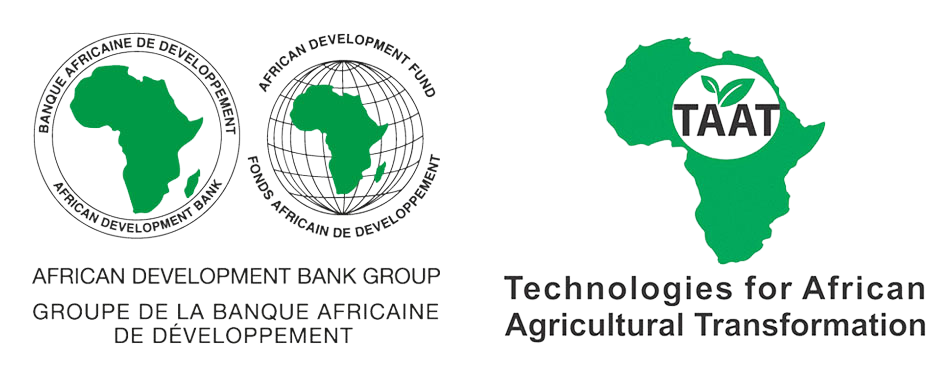

From Knowledge to Yield — Empowering Cassava Seed Systems.
Building Capacity is a practical, strategy-driven toolkit designed to strengthen cassava seed systems by addressing the core capacity gaps faced by seed producers. It offers tailored training resources, business development tools, and partnership frameworks to improve technical skills, market access, and regulatory collaboration. By equipping actors with the right knowledge and support, Building Capacity enhances seed quality, boosts productivity, and promotes a sustainable, profitable future for cassava and other vegetatively propagated crops.
This technology is pre-validated.
Adults 18 and over: Positive high
The poor: Positive high
Under 18: Positive medium
Women: Positive high
Climate adaptability: Highly adaptable
Farmer climate change readiness: Significant improvement
Biodiversity: Positive impact on biodiversity
Carbon footprint: Much less carbon released
Environmental health: Does not improve environmental health
Soil quality: Does not affect soil health and fertility
Water use: Same amount of water used
The Building Capacity toolkit offers a structured, strategy-driven approach to strengthen cassava seed systems by addressing critical capacity gaps among seed producers. It provides tailored training resources, business tools, and partnership frameworks to enhance technical know-how, market readiness, and regulatory alignment. By fostering strong, skilled seed enterprises, the toolkit supports higher seed quality, improved productivity, and a more profitable, sustainable future for cassava and other vegetatively propagated crops.
To implement the Building Capacity toolkit effectively, follow these key steps:
By following these steps, stakeholders can use the Building Capacity toolkit to develop resilient, inclusive seed systems that promote entrepreneurship, food security, and climate-smart agriculture.
Capacity building for 1,350 farmers
Training manual development
Training Venue and other facilities
Facilitators Expense
Cost of printing the training materials
Unknown
| Country | Testing ongoing | Tested | Adopted |
|---|---|---|---|
| Ghana | –No ongoing testing | –Not tested | Adopted |
| Nigeria | –No ongoing testing | –Not tested | Adopted |
This technology can be used in the colored agro-ecological zones. Any zones shown in white are not suitable for this technology.
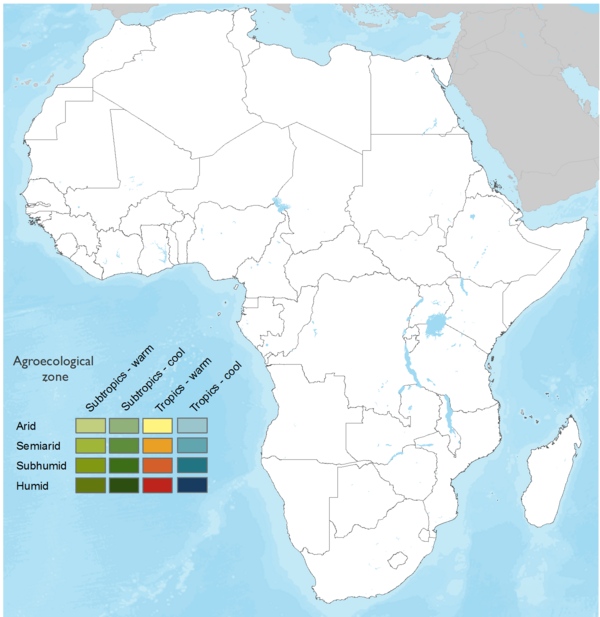











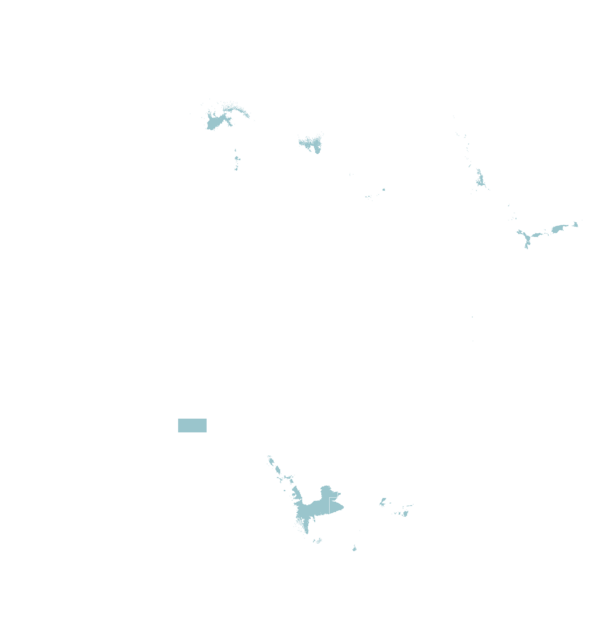

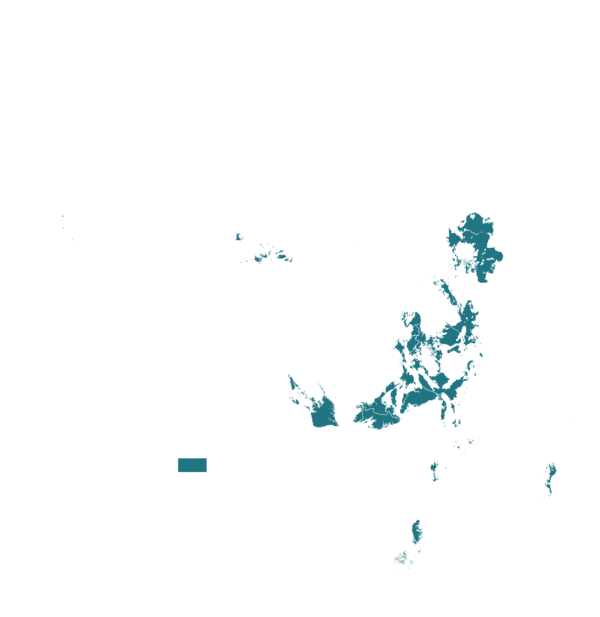

| AEZ | Subtropic - warm | Subtropic - cool | Tropic - warm | Tropic - cool |
|---|---|---|---|---|
| Arid | ||||
| Semiarid | ||||
| Subhumid | ||||
| Humid |
Source: HarvestChoice/IFPRI 2009
The United Nations Sustainable Development Goals that are applicable to this technology.


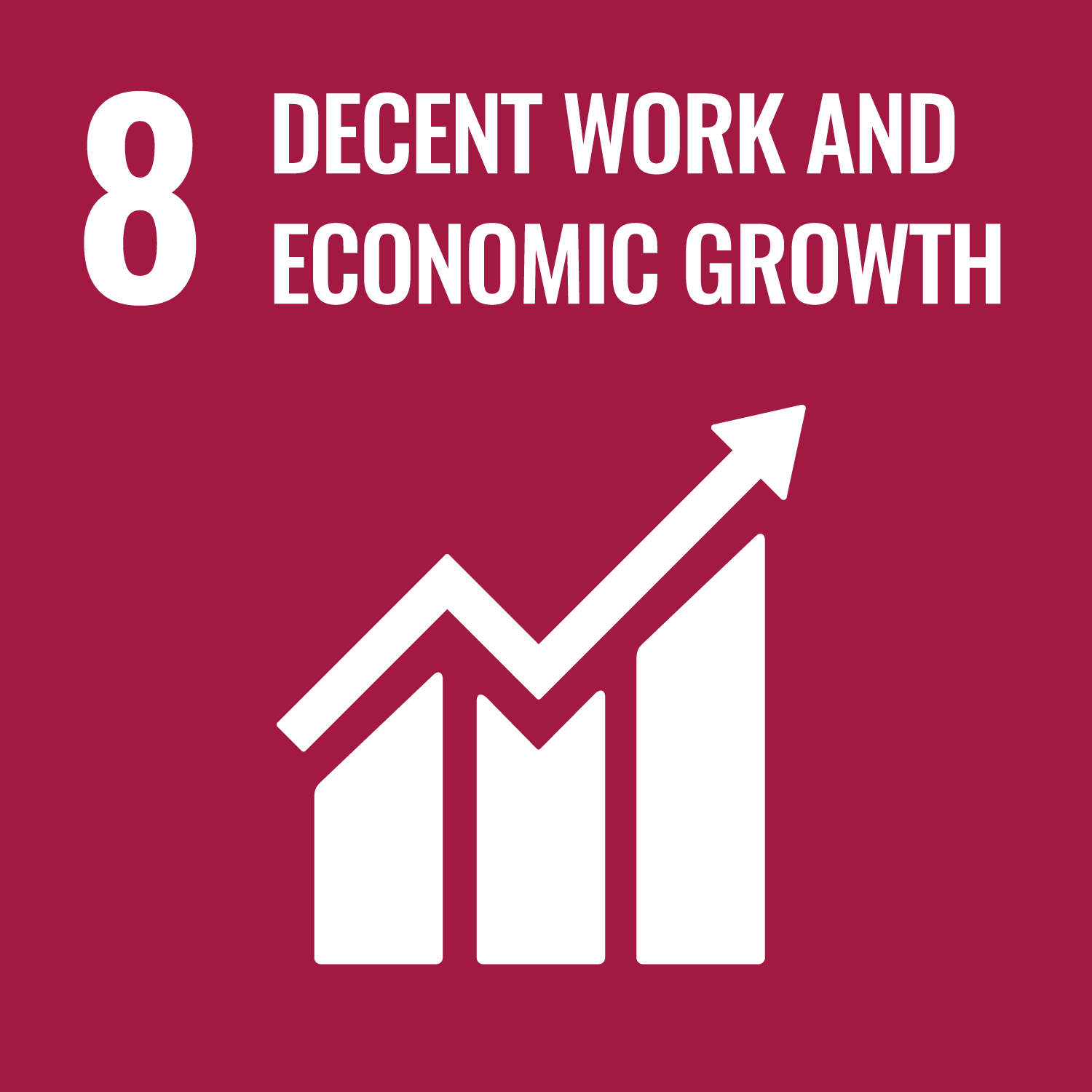
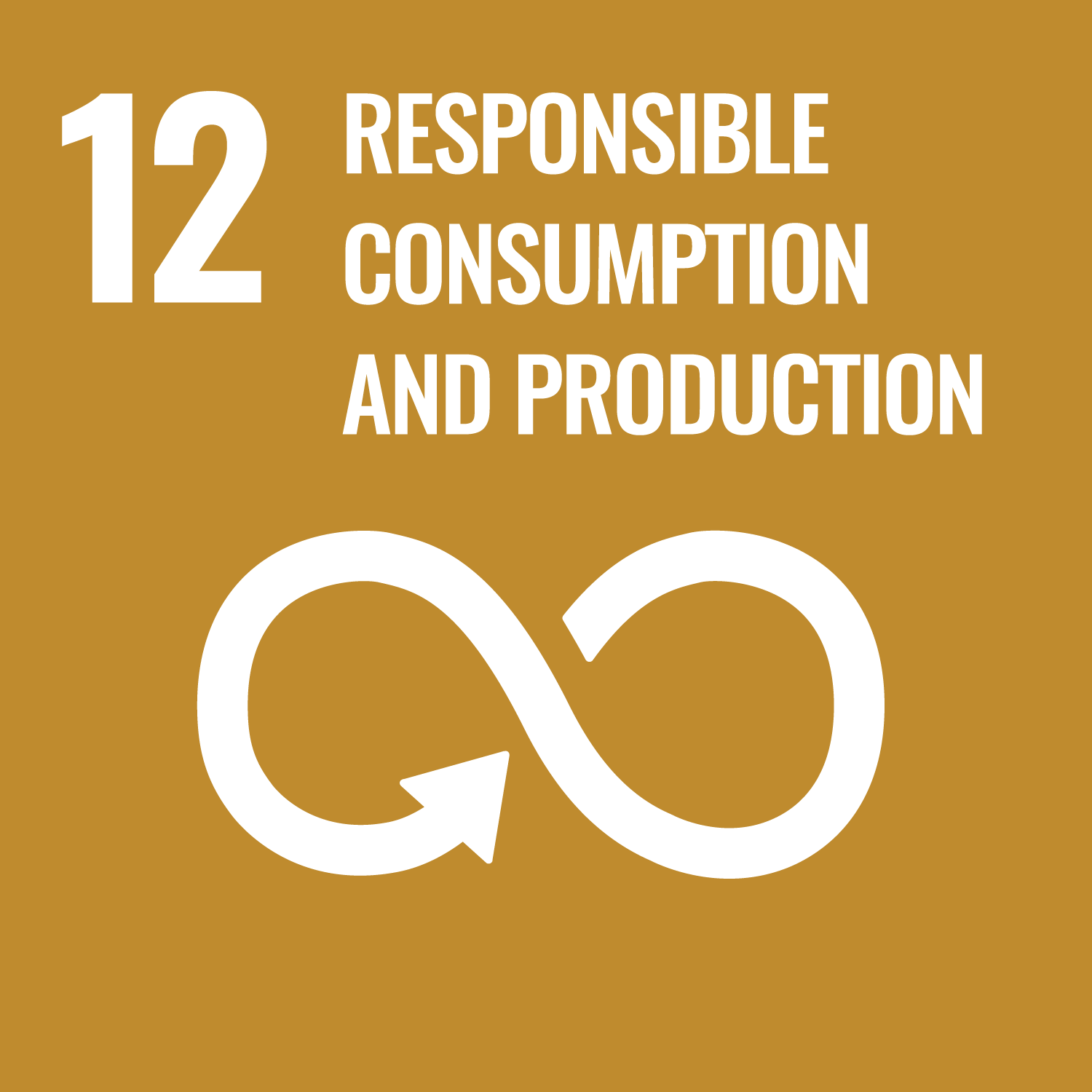
Last updated on 2 May 2025